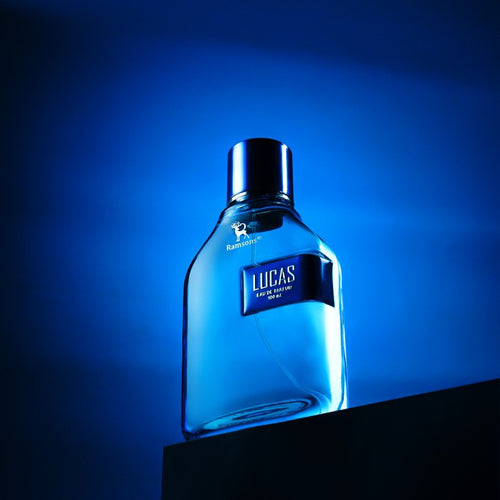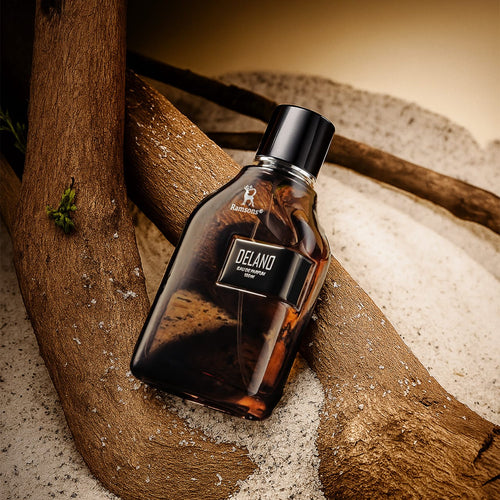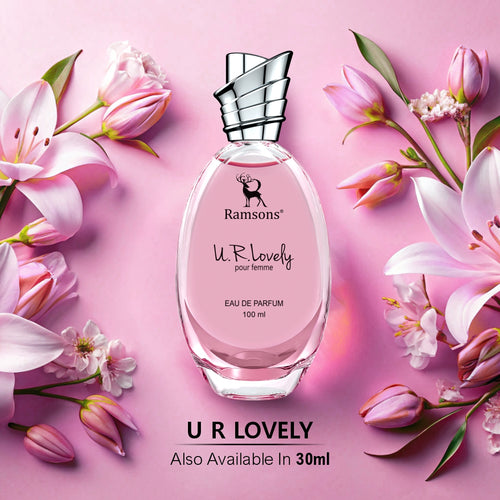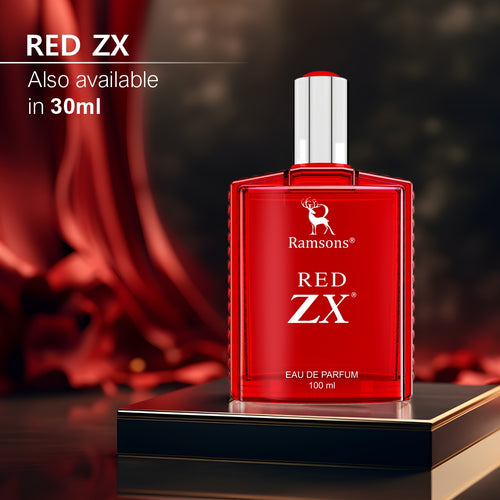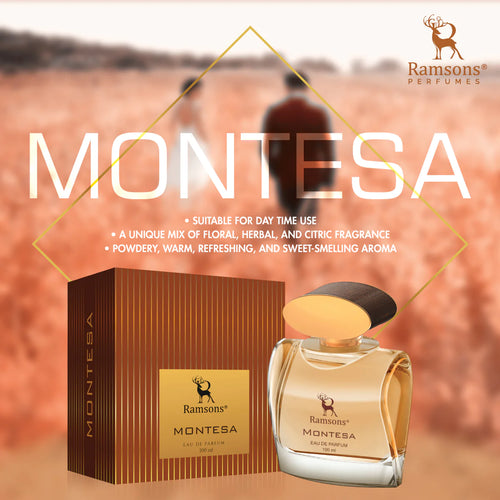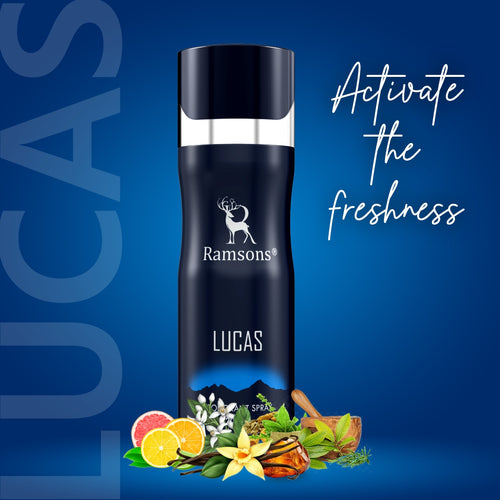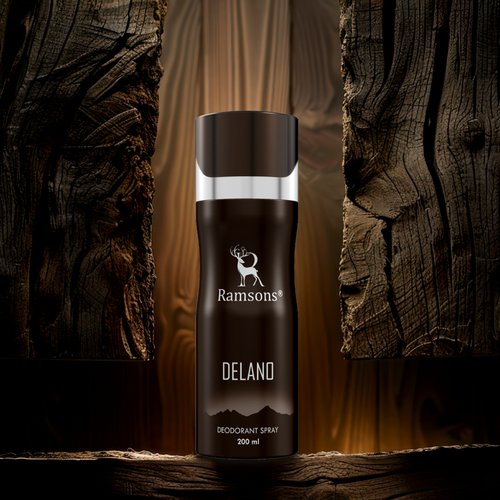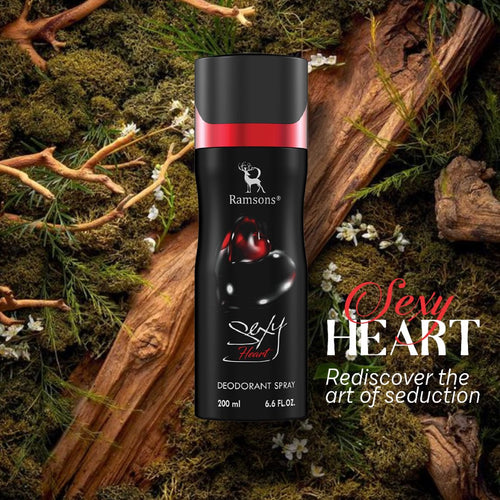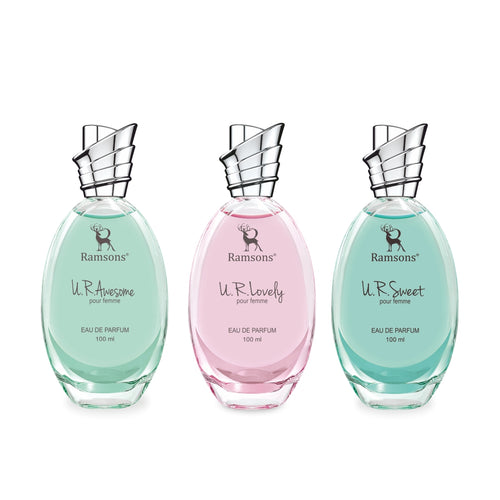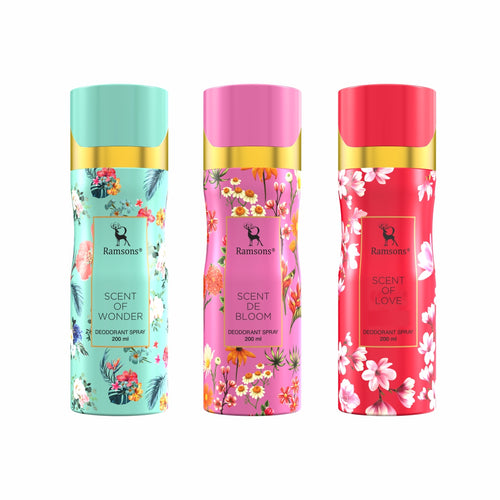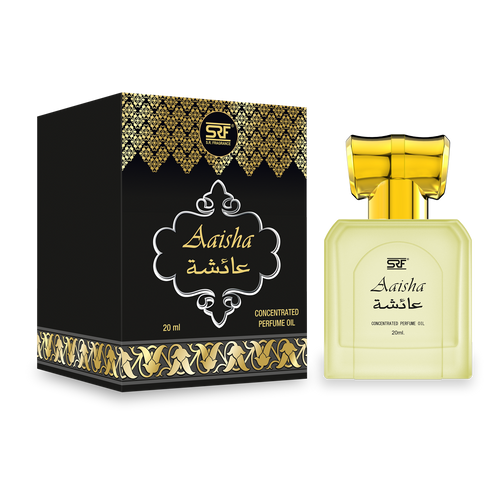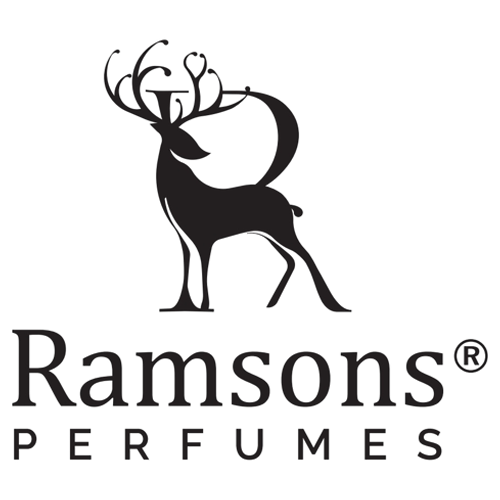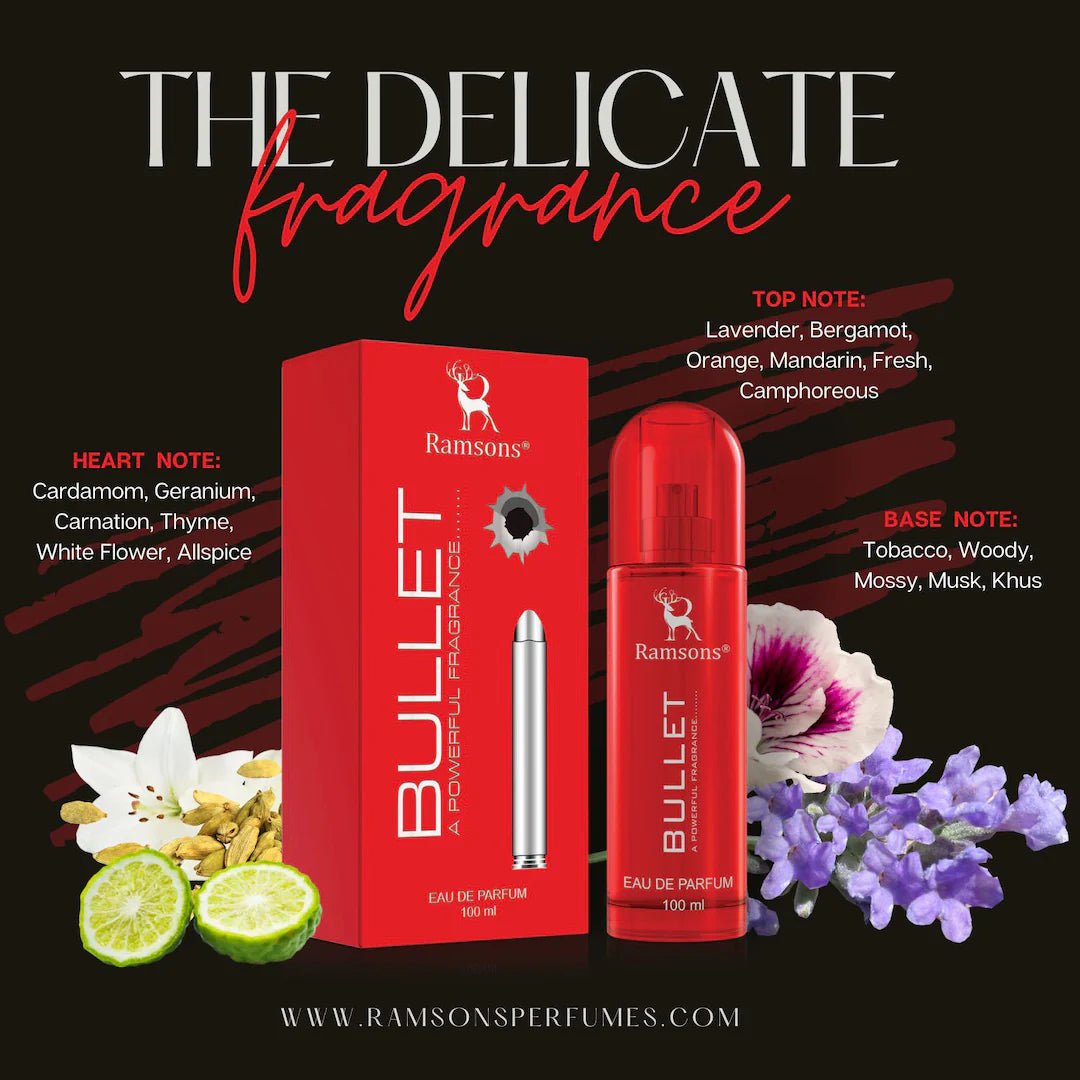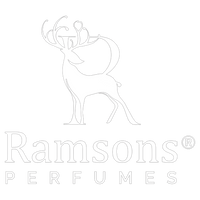Bullet - Eau De Parfum
Understanding the Art of Layering Perfumes
Perfume layering is a sophisticated technique that allows you to create a unique and personalized scent. By combining different fragrances, you can develop a signature aroma that evolves throughout the day. This guide will help you master the art of layering perfumes, offering expert tips and detailed insights into achieving the perfect blend.
-
The Benefits of Layering Perfumes
Layering perfumes offers several benefits that make it worth exploring. Here are some key advantages:
Personalization:
By mixing various scents, you can craft a fragrance that is uniquely yours.
Longevity:
Layering can enhance the staying power of your perfume, ensuring it lasts longer.
Versatility:
You can adapt your fragrance to different occasions and moods by adjusting the layers.
Choosing the Right Fragrances for Layering
-
Understanding Fragrance Families
To effectively layer perfumes, it is essential to understand fragrance families. Perfumes are generally categorized into families based on their dominant notes. Common fragrance families include:
-
Floral: Rose, jasmine, and lily
-
Citrus: Lemon, bergamot, and orange
-
Woody: Sandalwood, cedar, and vetiver
-
Oriental: Vanilla, amber, and musk
-
Complementary Scents
When choosing perfumes to layer, look for complementary scents. Combining fragrances from the same family or those that share similar notes can create a harmonious blend. For example, pairing a citrus scent with a floral one can result in a refreshing and balanced aroma.
-
Experimentation and Testing
Experimentation is key to finding the perfect combination. Test different fragrances on your skin to see how they interact. Start with a small amount of each perfume and gradually adjust the proportions until you achieve the desired effect.
- Step-by-Step Guide to Layering Perfumes
-
Start with a Clean Canvas
Begin by applying an unscented moisturizer to your skin. This will help the perfumes adhere better and last longer. Ensure your skin is dry and free of other fragrances before you start layering.
-
Apply the Strongest Scent First
Start with the perfume that has the strongest or most dominant scent. This will serve as the base layer. Apply it to your pulse points, such as your wrists, neck, and behind your ears.
-
Add Complementary Scents
Next, apply the second perfume, focusing on the same pulse points. This scent should complement the base layer and add depth to the overall fragrance. You can repeat this step with additional perfumes if desired, but avoid overloading your skin with too many layers.
-
Allow Each Layer to Settle
Give each layer a few minutes to settle before applying the next one. This allows the fragrances to blend naturally and prevents them from becoming overpowering.
-
Fine-Tune the Blend
After applying all the layers, take a moment to assess the overall scent. If needed, you can add a small amount of one of the perfumes to fine-tune the blend. Remember, less is often more when it comes to layering perfumes.
- Tips for Successful Perfume Layering
Use Unscented Products
To avoid clashing scents, use unscented body washes, lotions, and deodorants. This ensures that your layered perfumes remain the focal point.
Consider Seasonal Changes
Your skin chemistry can change with the seasons, affecting how perfumes smell on you. In warmer months, opt for lighter, fresher scents, while in cooler weather, you can experiment with richer, more intense fragrances.
Store Perfumes Properly
Keep your perfumes in a cool, dark place to preserve their quality. Avoid exposing them to direct sunlight or extreme temperatures, as this can alter the fragrance.
Be Mindful of Others
While layering perfumes can create a beautiful and unique scent, be considerate of those around you. Avoid wearing overly strong or heavy fragrances in close quarters or professional settings.
-
Common Mistakes to Avoid
Over-Layering
Applying too many different perfumes can result in a confusing and overpowering scent. Stick to a maximum of three fragrances to ensure a harmonious blend.
Ignoring Skin Type
Your skin type can affect how perfumes interact and last. Oily skin tends to hold scents longer, while dry skin may require more frequent reapplication. Adjust your layering technique based on your skin type.
Disregarding Perfume Concentration
Perfumes come in various concentrations, from eau de toilette to pure parfum. Higher concentrations have stronger scents and longer-lasting power. Be mindful of these differences when layering to avoid overwhelming your senses.
-
Creating a Signature Scent
Experiment with Different Combinations
Don't be afraid to experiment with different combinations to find your signature scent. Take note of which fragrances work well together and which ones don't. Over time, you'll develop a keen sense of which perfumes to layer for different occasions.
Keep a Fragrance Journal
Maintain a journal to record your layering experiments. Note down the perfumes you used, the proportions, and your impressions of the final blend. This will help you refine your technique and remember successful combinations.
Seek Inspiration from Experts
Follow fragrance experts and influencers to learn about new layering techniques and combinations. Many perfume brands also offer layering guides and suggestions to help you get started.
Conclusion
Mastering the art of layering perfumes can transform your fragrance experience, allowing you to create a personalized and long-lasting scent. By understanding fragrance families, choosing complementary scents, and following a step-by-step layering process, you can achieve a unique and captivating aroma. Remember to experiment, take your time, and enjoy the journey of discovering your perfect blend.
